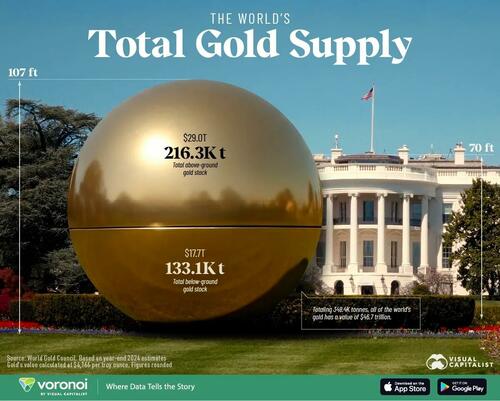Investor interest can be attributed to strong performance of small cap funds. Since market lows in June 2022, S&P BSE Small Cap Index has delivered returns of 23%, followed by 18% returns delivered by S&P BSE Mid Cap Index and 16% returns by the large cap index S&P BSE 100.
Over longer period too, small cap funds have delivered annualised returns of 30% over three years, higher than mid cap funds (23%) and large cap funds (14%).
Small cap funds offer the potential of high returns, but also come with high risks. Here are a few things to keep in mind when choosing a small cap fund.
You might also like
Does RBI need to listen to IMF on forex?
Centre may revamp Trai, give it more teeth
What’s worrying Kotak Mahindra Bank investors
Watch the gaps in insurance for mental illness
Different investment styles
Different small cap funds follow different investment styles. As an investor, you can use this to your advantage to diversify. And then you can use contrasting investment style to diversify your small cap allocation.
For example, Axis Small Cap Fund has a high quality, high growth-oriented investment style. This can be complemented with a value-oriented small cap, or a different investment style.

View Full Image
Growth-oriented investment style has not done as well in recent past, which is why Axis Small Cap is 17th in terms of returns delivered in 2021, as investors have become more valuation-conscious.
On the other hand, funds with cyclical names have done well. For example, L&T Emerging Businesses, which has high allocation to construction materials and auto sector, has done well in recent past. Similarly, Nippon India, which has high allocation to capital goods sector has been among top-5 small cap schemes in terms of performance in 2021 (see: graphics).
So, a combination of at least two contrasting investment styles can help when the market phase is in favour of one style over the other.
Wider range of returns
Given the different portfolio constructs and different investment styles, small cap funds can throw up a wider range of returns. This adds to the complexity of choosing a small cap fund.
In terms of five-year annualised returns, the difference between top performing small cap fund and the one at the bottom is 16.2 percentage points (see: graphics).
Unlike large cap and mid cap fund managers, small cap fund managers can choose from a much wider set of stock universe, which allows them to build differentiated stock portfolios.

View Full Image
Large cap fund managers need to choose from the top 100 companies in terms of market capitalisation, mid cap fund managers can choose from 101st to 250th market cap companies, while small cap fund managers have a much wider universe as they can choose from more than 3,000 stocks that are below the 250th market cap cut-off.
Brace for volatility
Small cap funds are not meant for investors who don’t have a long-term investment horizon. “Small cap funds can go through extreme periods of both high and low valuations. However, over longer periods, this volatility can even out,” says Ravi Kumar TV, founder of Gaining Ground Investment Services.
When considering a small cap fund, look for funds with a longer track record across different market cycles. “Investors should especially focus on how a fund has been able to deal with volatile periods,” says Vishal Dhawan, founder and chief financial planner of Plan Ahead Wealth Advisors.
He says investors can check the standard deviation measure of the fund to understand this, which can be found in the fund’s factsheet.
Amol Joshi, founder of Planrupee Investment Services, says investors should not get carried away with their small cap allocation and should not go beyond 20%-40% of their equity allocation, depending on their risk-appetite. “These investments can be part of the satellite portfolio, the core portfolio should be built around large cap, flexi cap or multi cap funds,” he says.
Long investment horizon reduces impact of volatility
An analysis of rolling returns (CAGR returns rolled daily) between October 27, 2012 and October 2022 of small cap funds, shows chances of losing money reduces over longer investment horizon.

View Full Image
There were only two instances of negative returns for any seven-year period, whereas there were 11 such instances in five-year period and 15 such instances in three-year period (see: graphics).
While point-to-point returns just take into consideration the return between two specific dates, rolling returns in this case take into consideration all returns for time-periods (3-year, 5-year and 7-year), computed on basis of day-to-day NAV movement of the schemes.
Over seven-year period, the average of minimum return was 8%, compared to negative 1% in five-year period and negative 3% in three-year period.
On the upside, the average of maximum return values was 26% in seven-year period, 28% in five-year period, while it was 41% in three-year period. But this is more due to sharp run-up seen in markets since lows of March 2020; only a few investors must have been able to time their entry to catch the market bottom.
As small cap funds can go through periods of extreme volatility, systematic investment plan (SIP) can help to stagger investments over long periods, as well as help to average down the investment cost during periods of market correction.
Over a 10-year period (point-to-point basis), small cap funds have delivered annualised SIP returns of 18.9%, compared to 17.5% delivered by mid cap funds and 12.3% delivered by large cap funds.
Elsewhere in Mint
In Opinion, Jaspreet Bindra argues moonlighting might invert the traditional pyramid of work. Harsh V. Pant says a new era of great power contestation has begun. Palakh Jain & Shreya Ganguly tell why India should liberalize tax regime for expats. Long Story maps AAP’s prospects in Gujarat.
Download The Mint News App to get Daily Market Updates.
More
Less
















